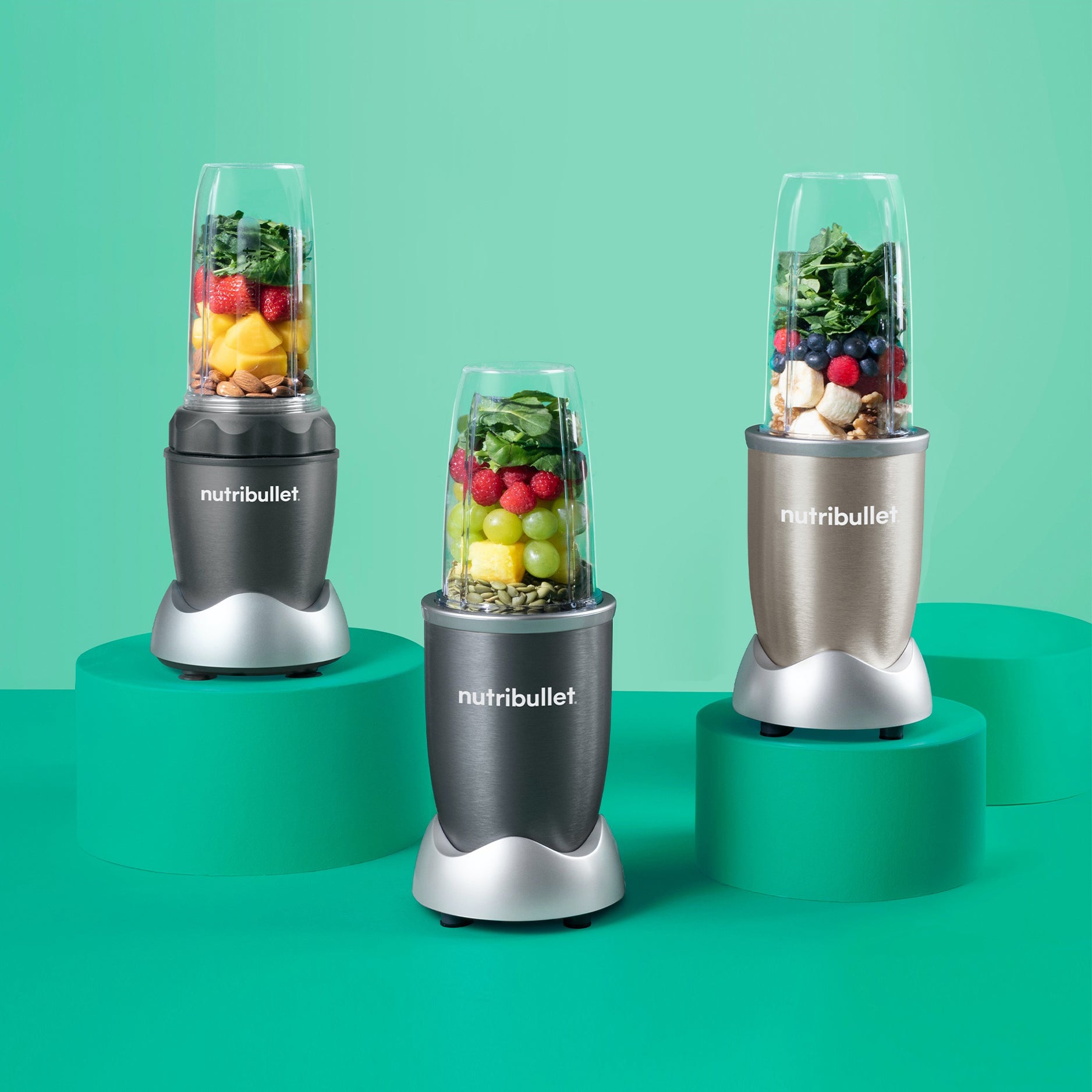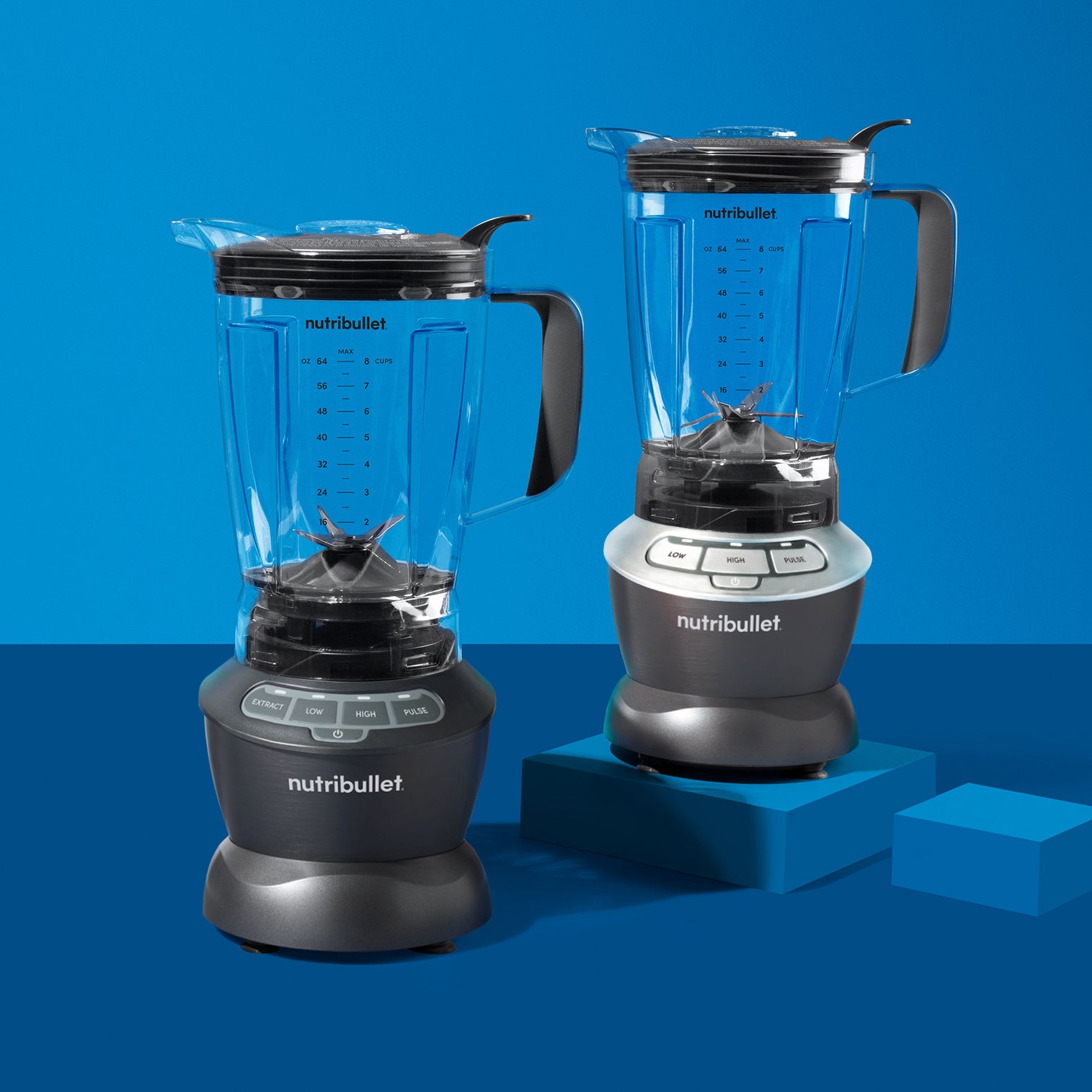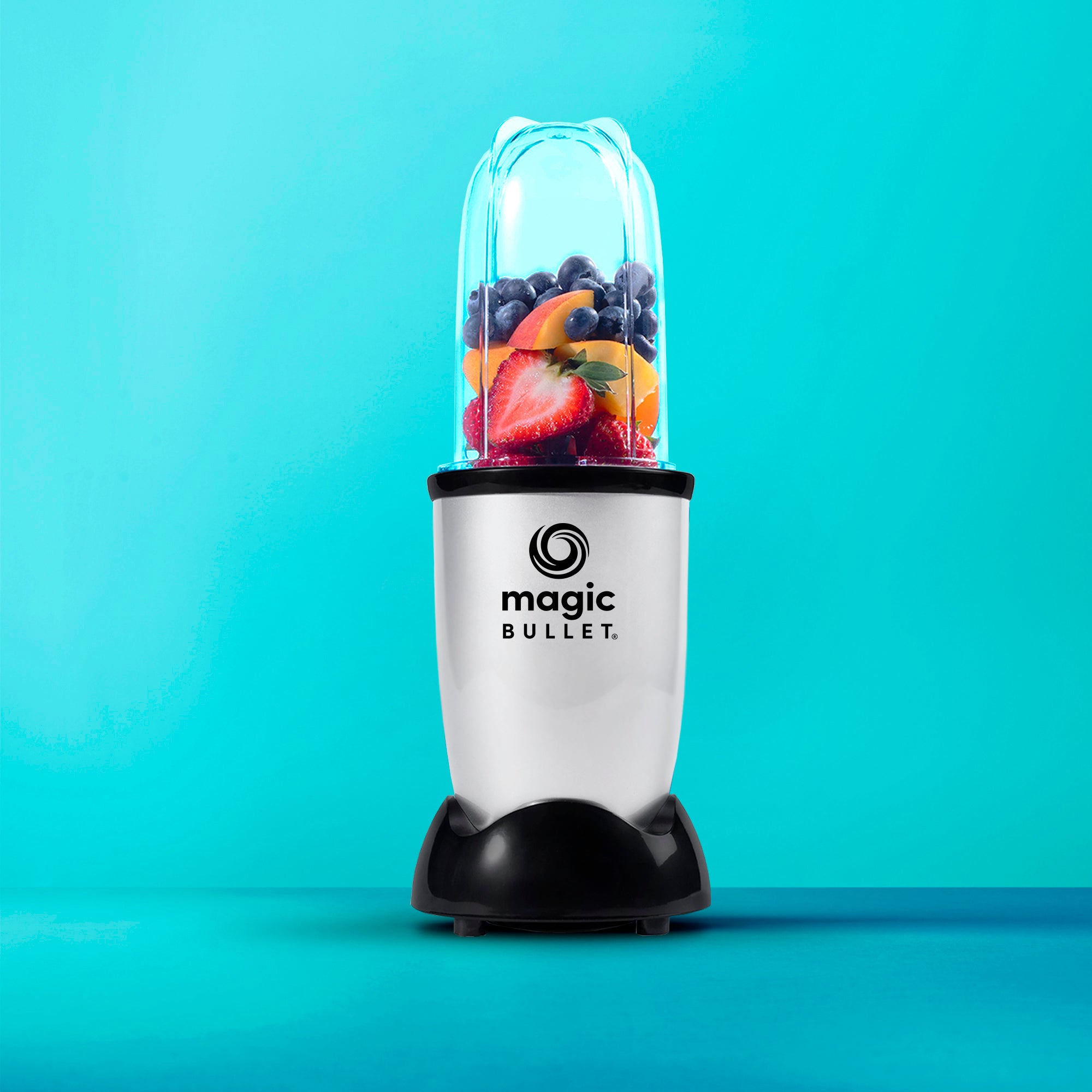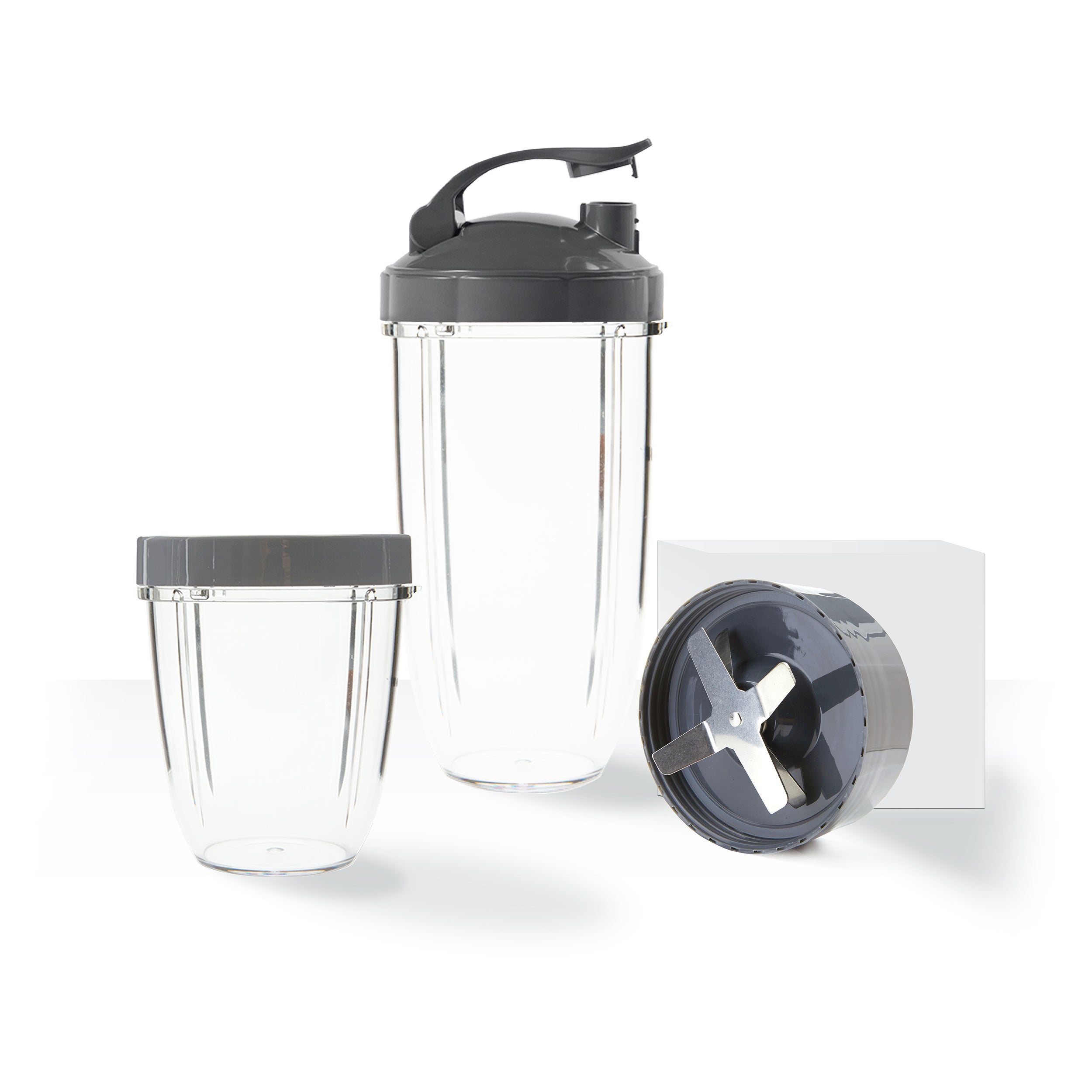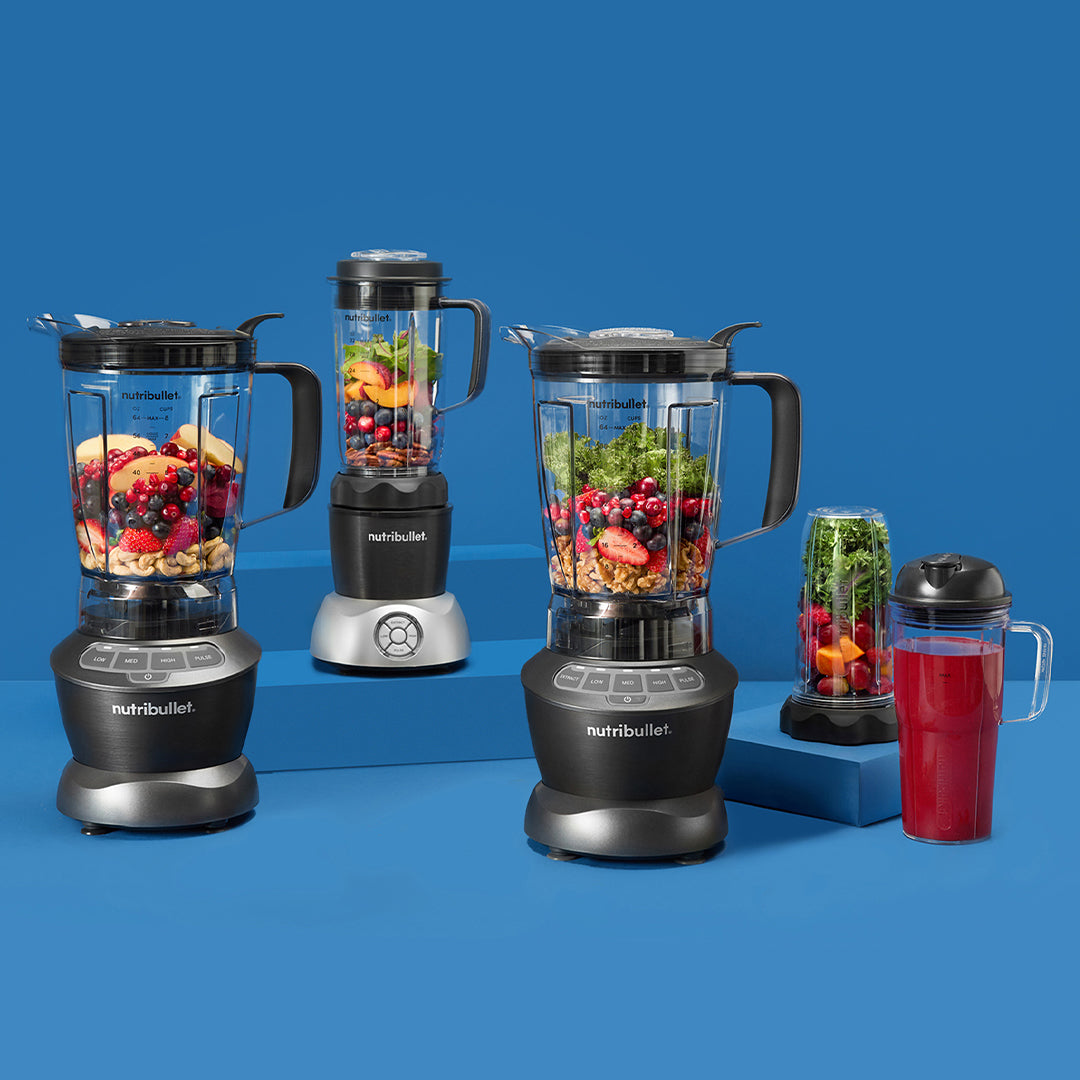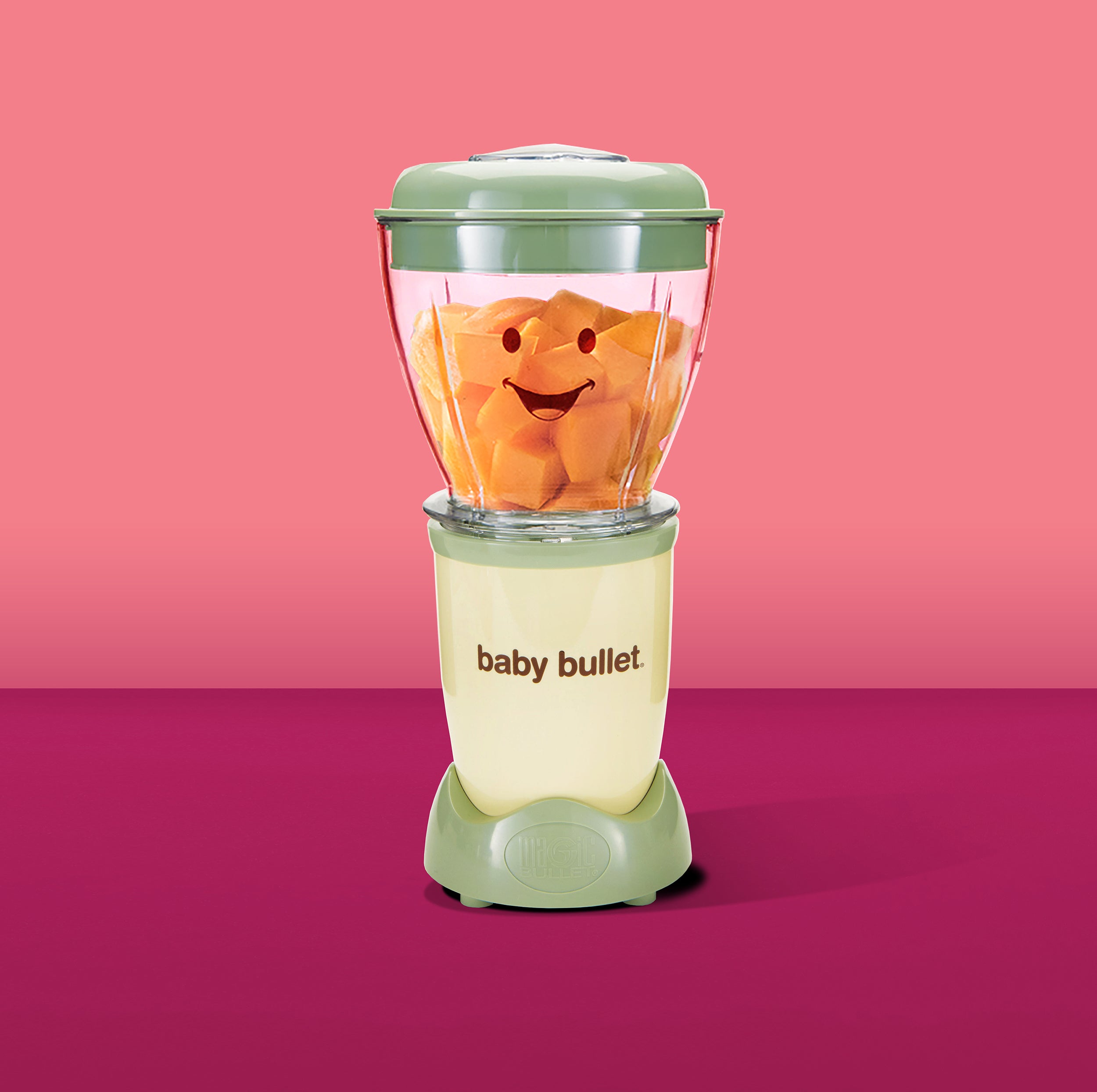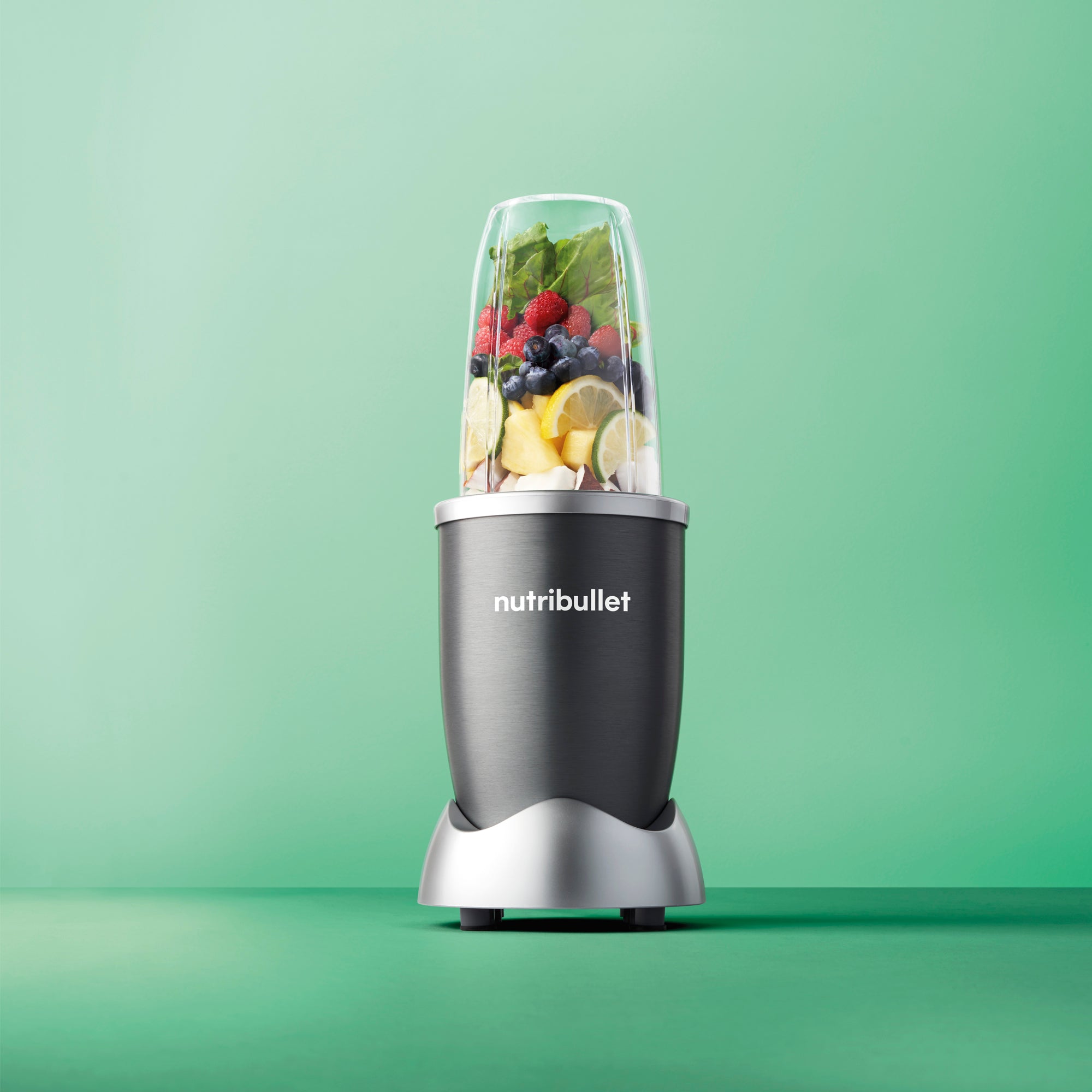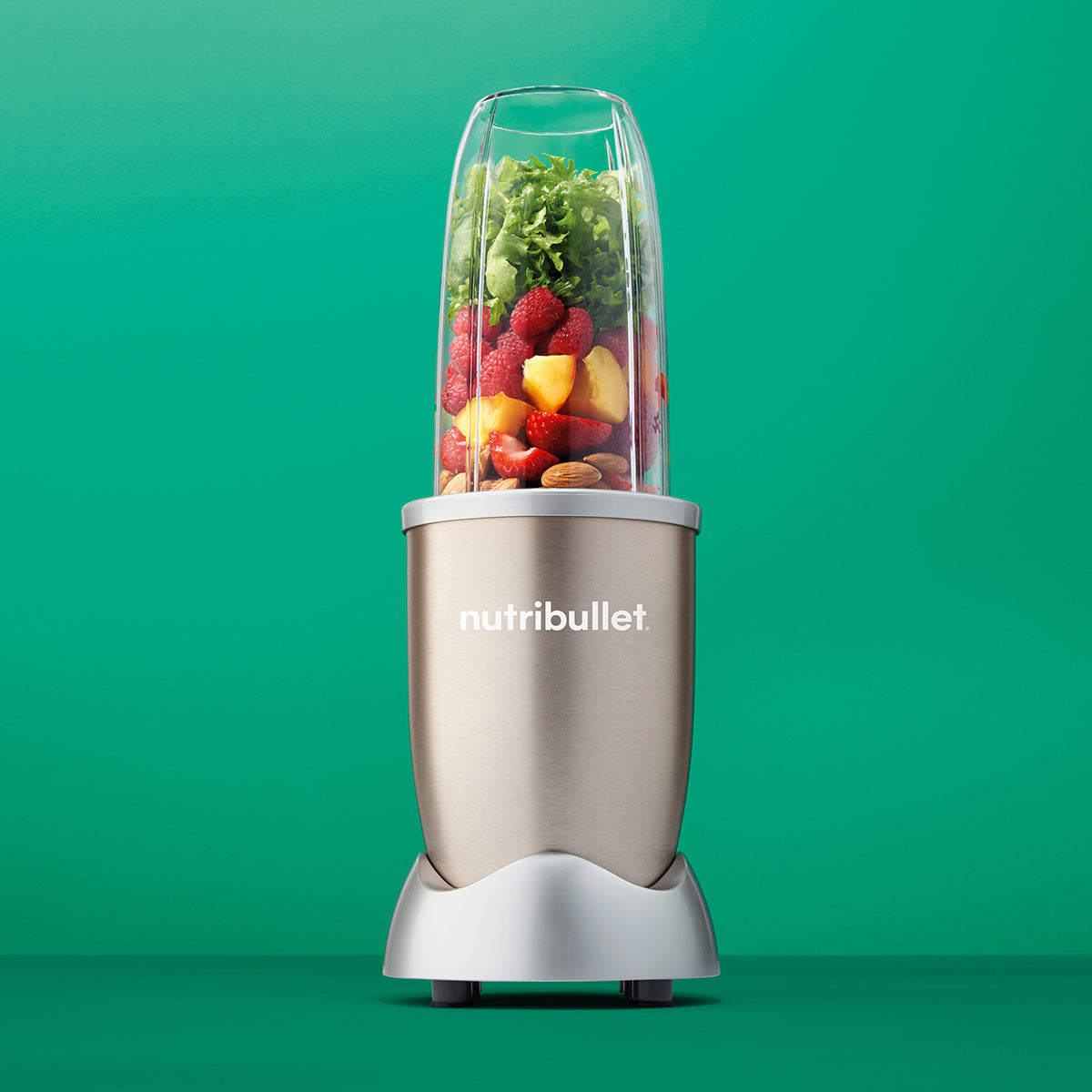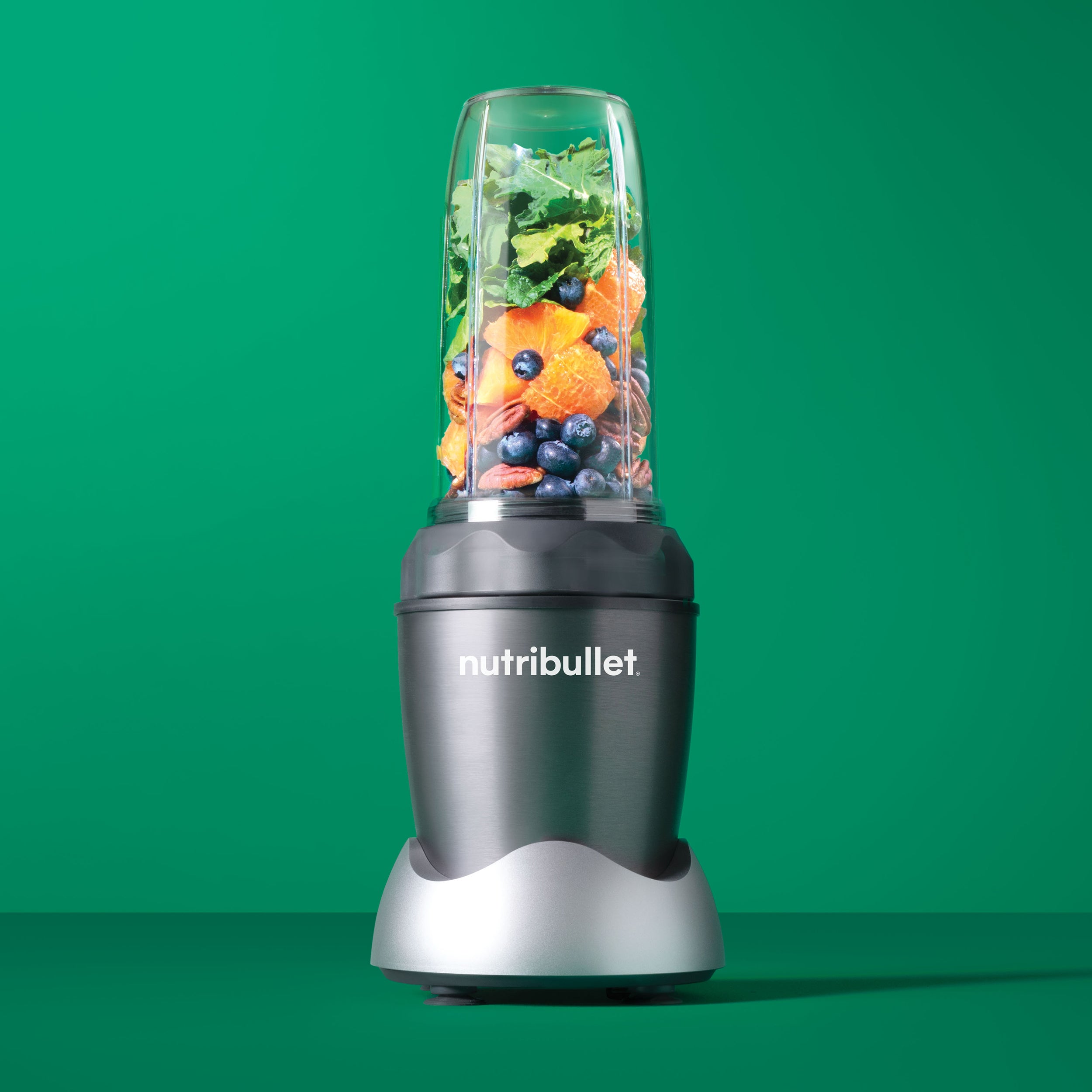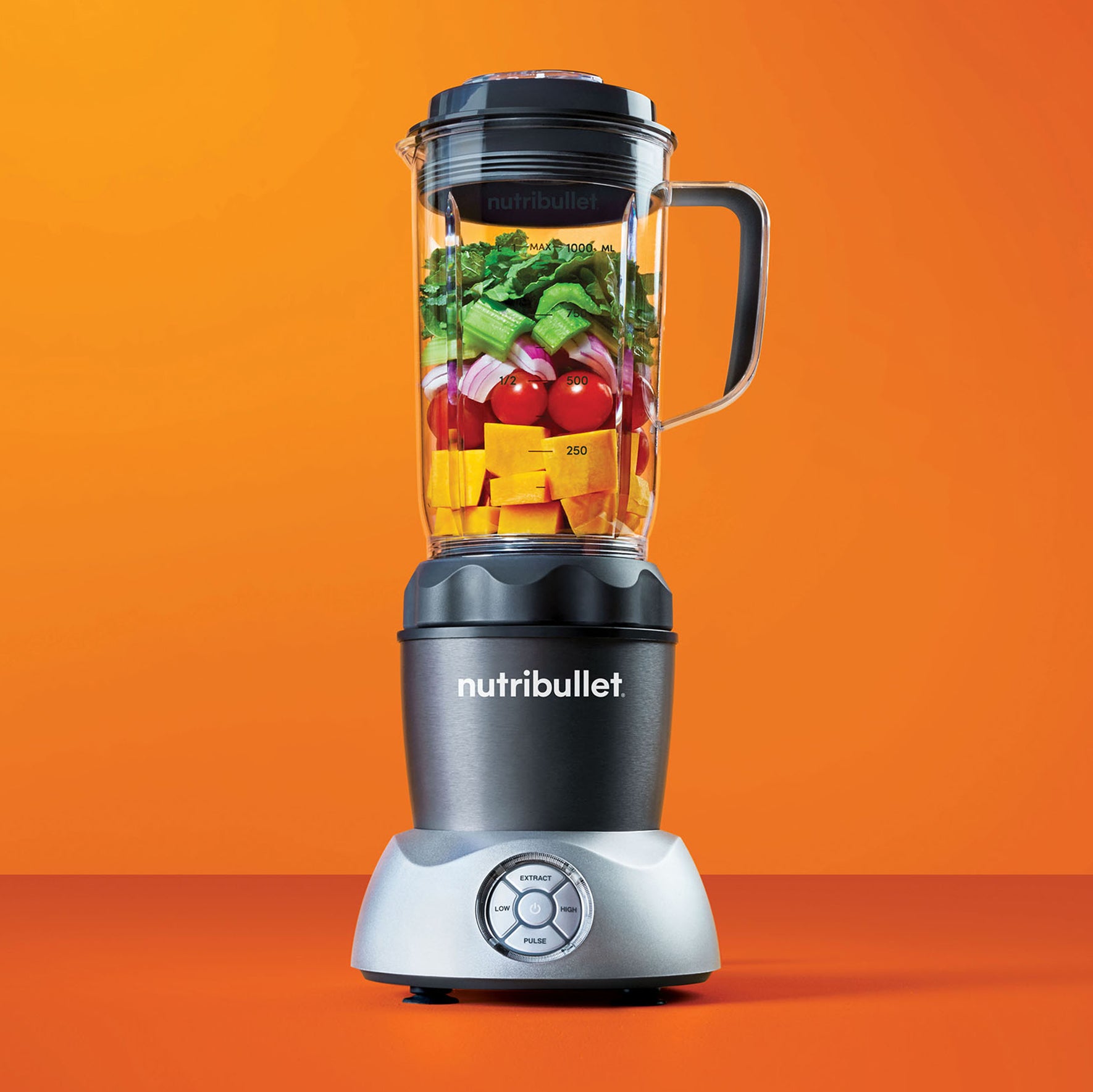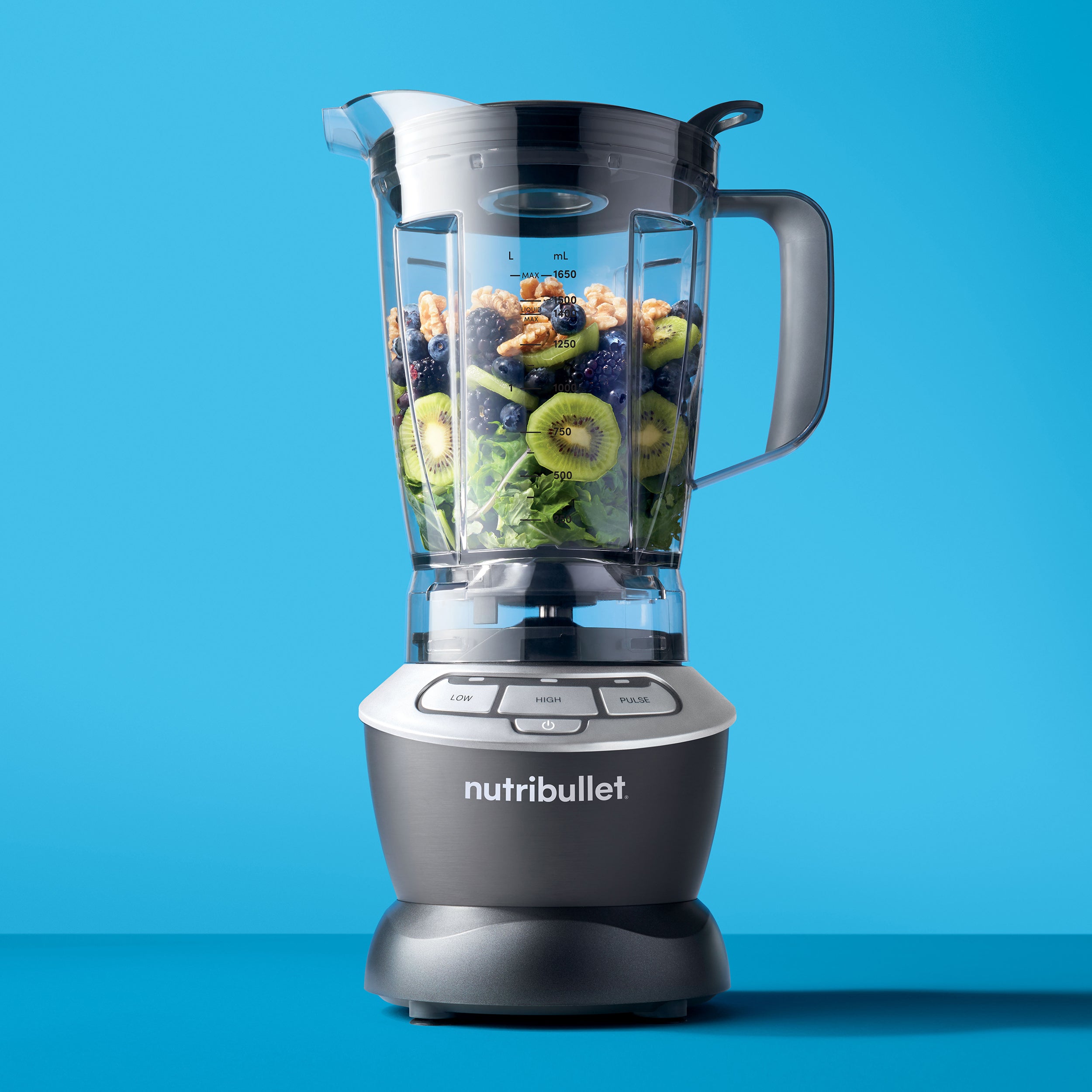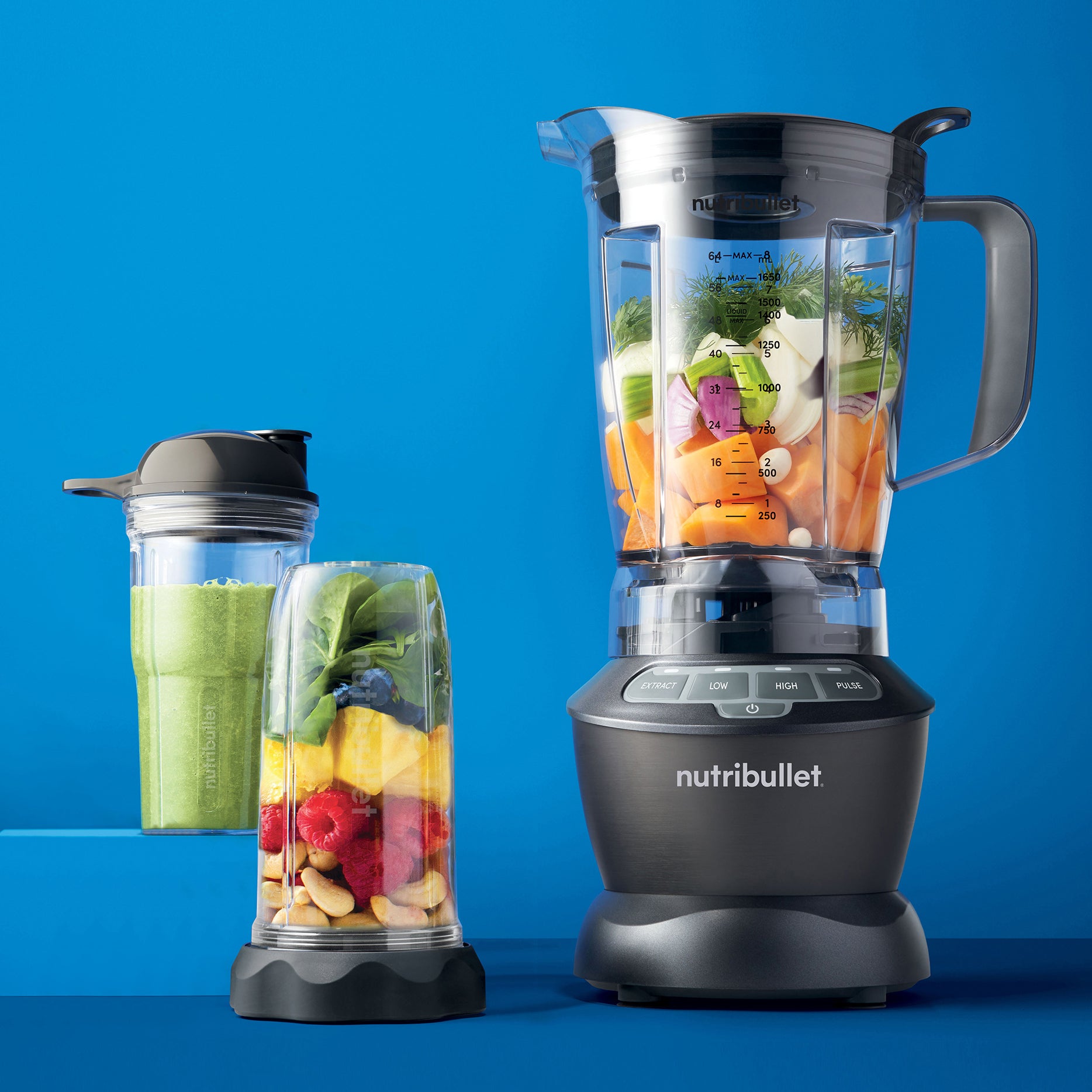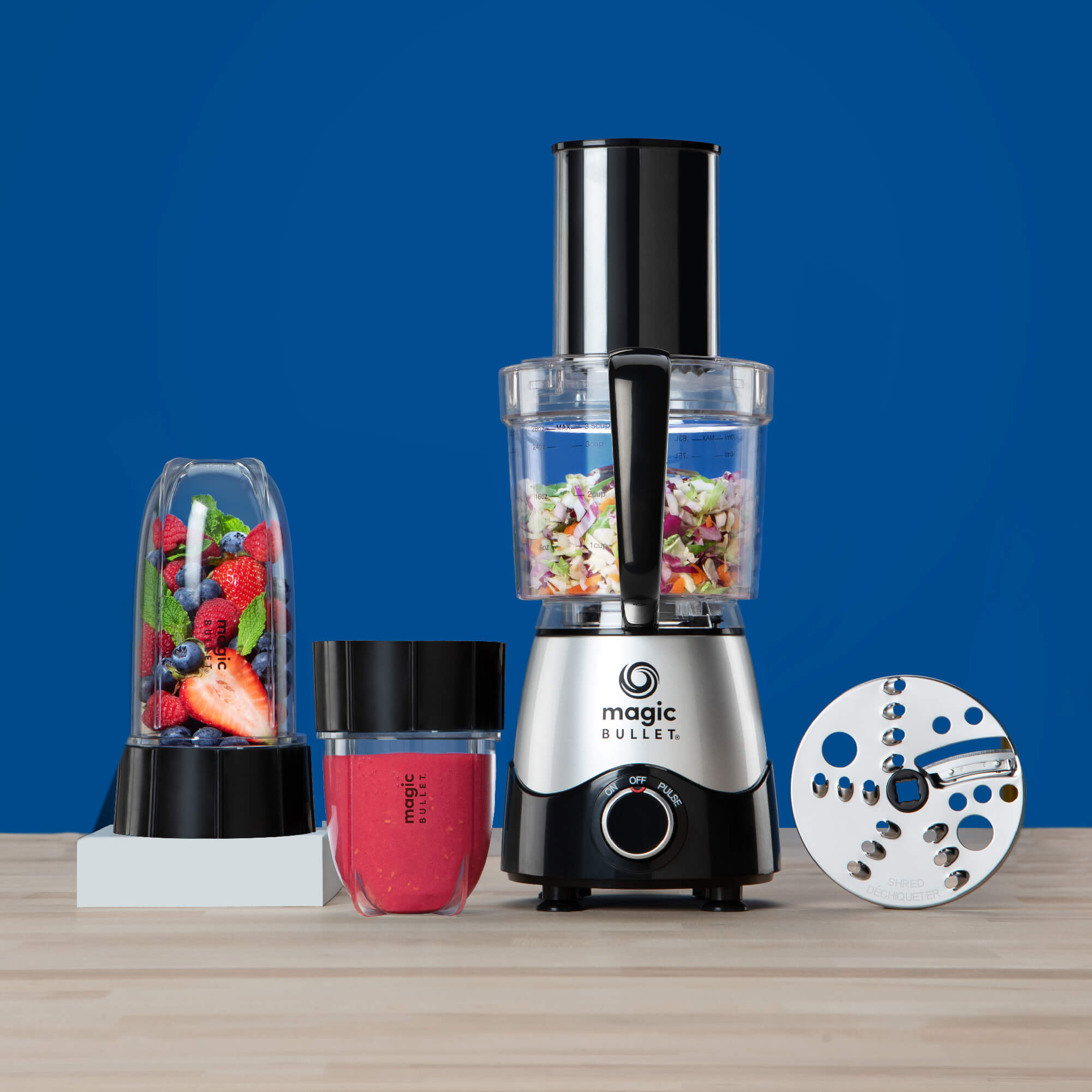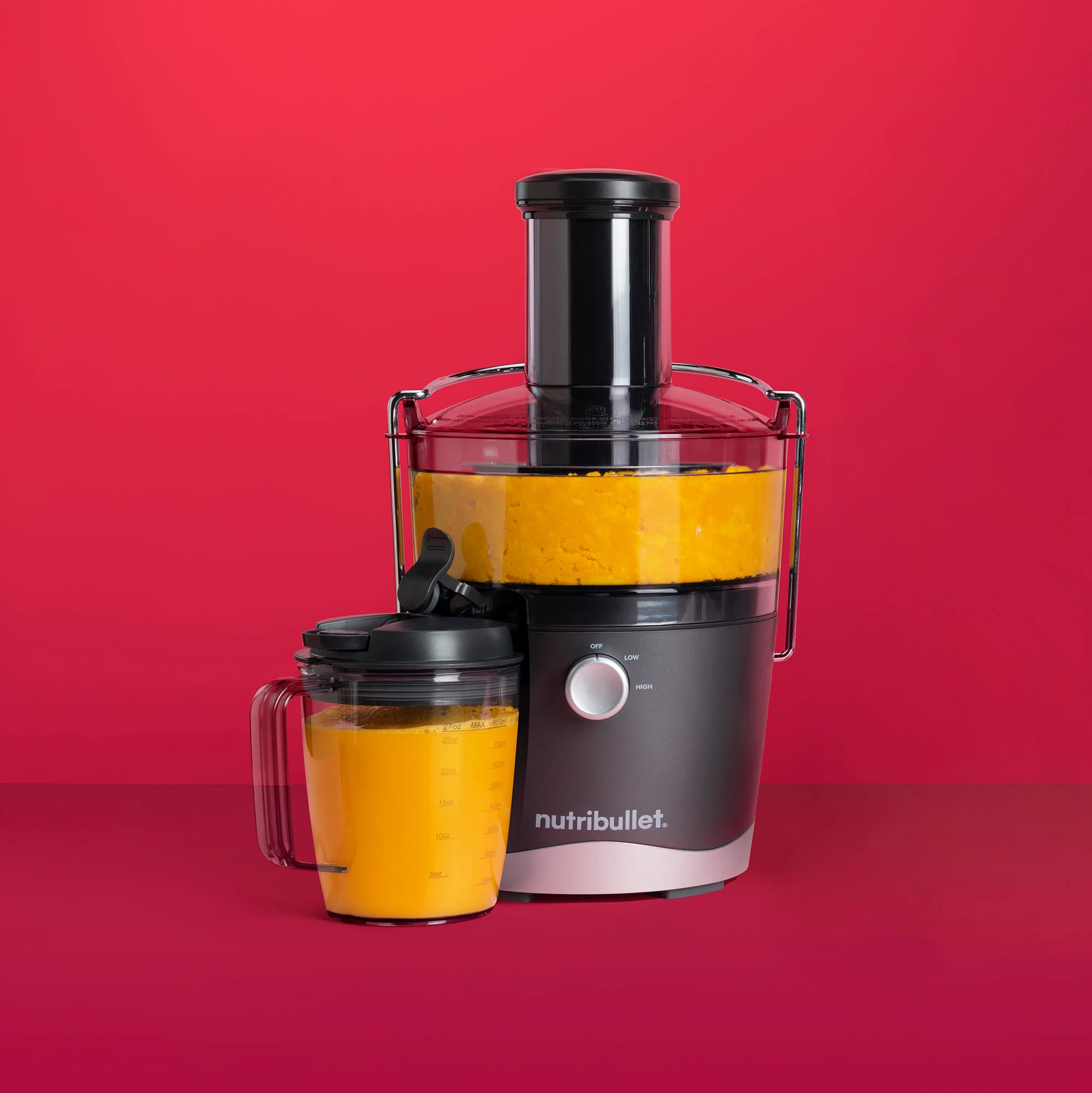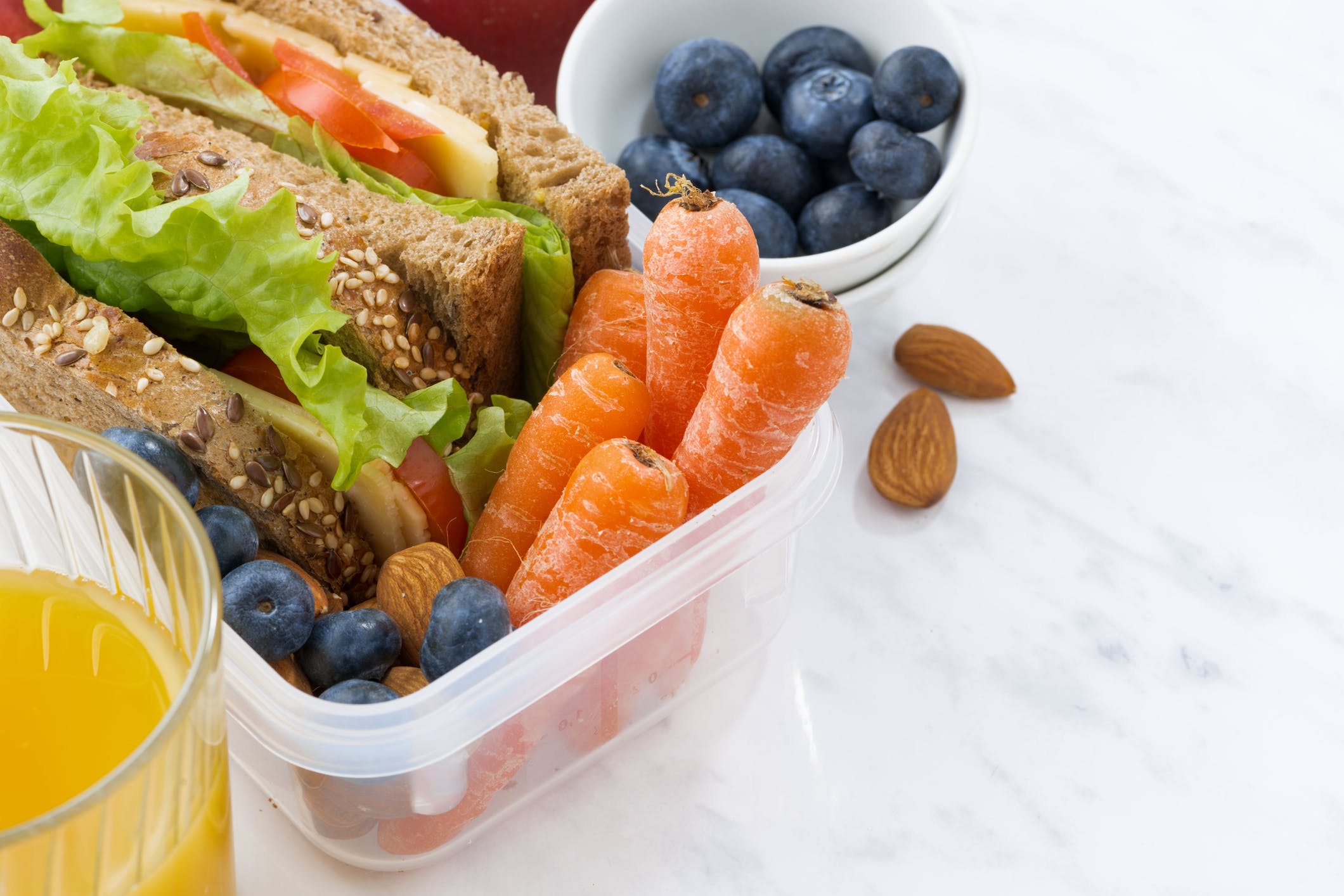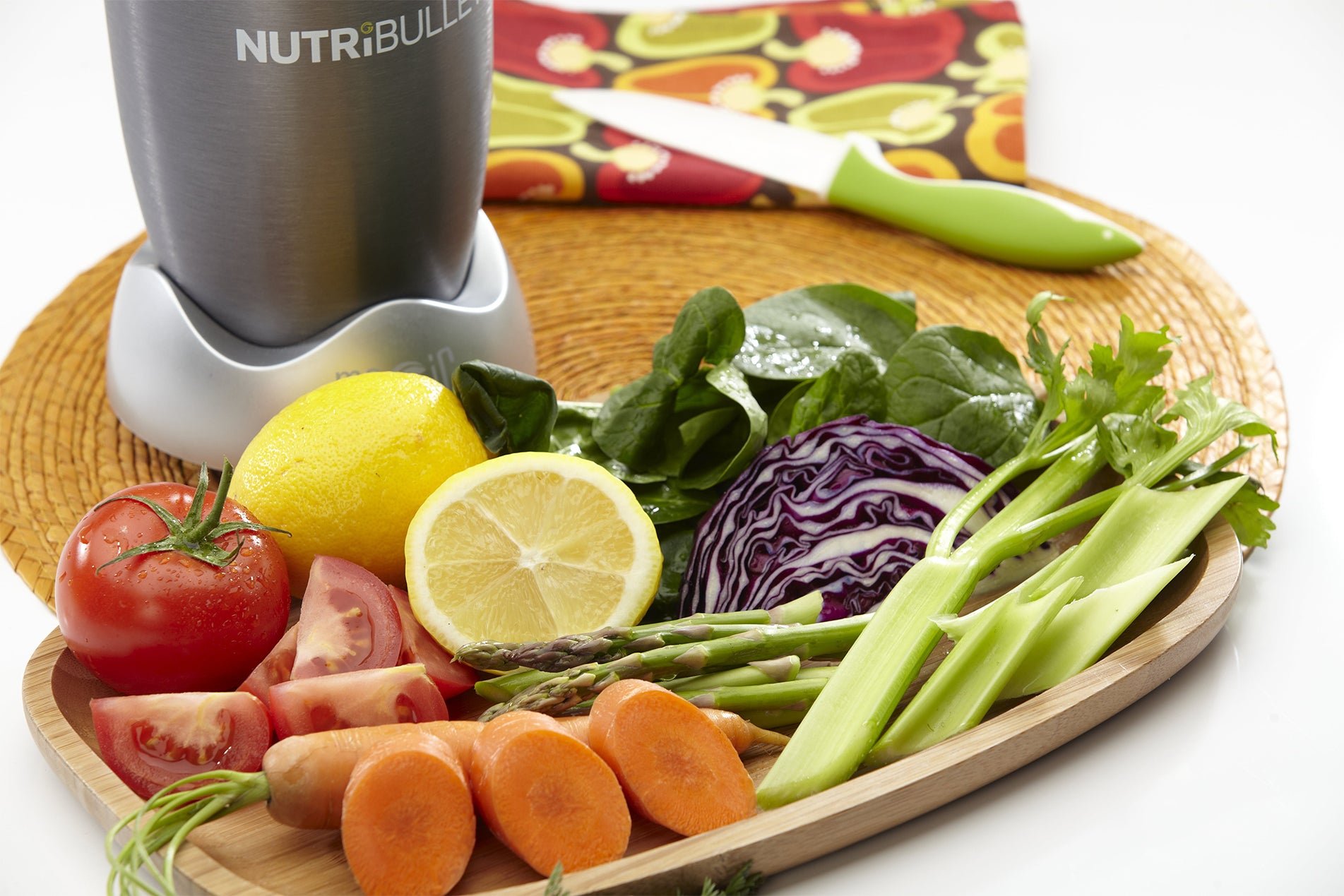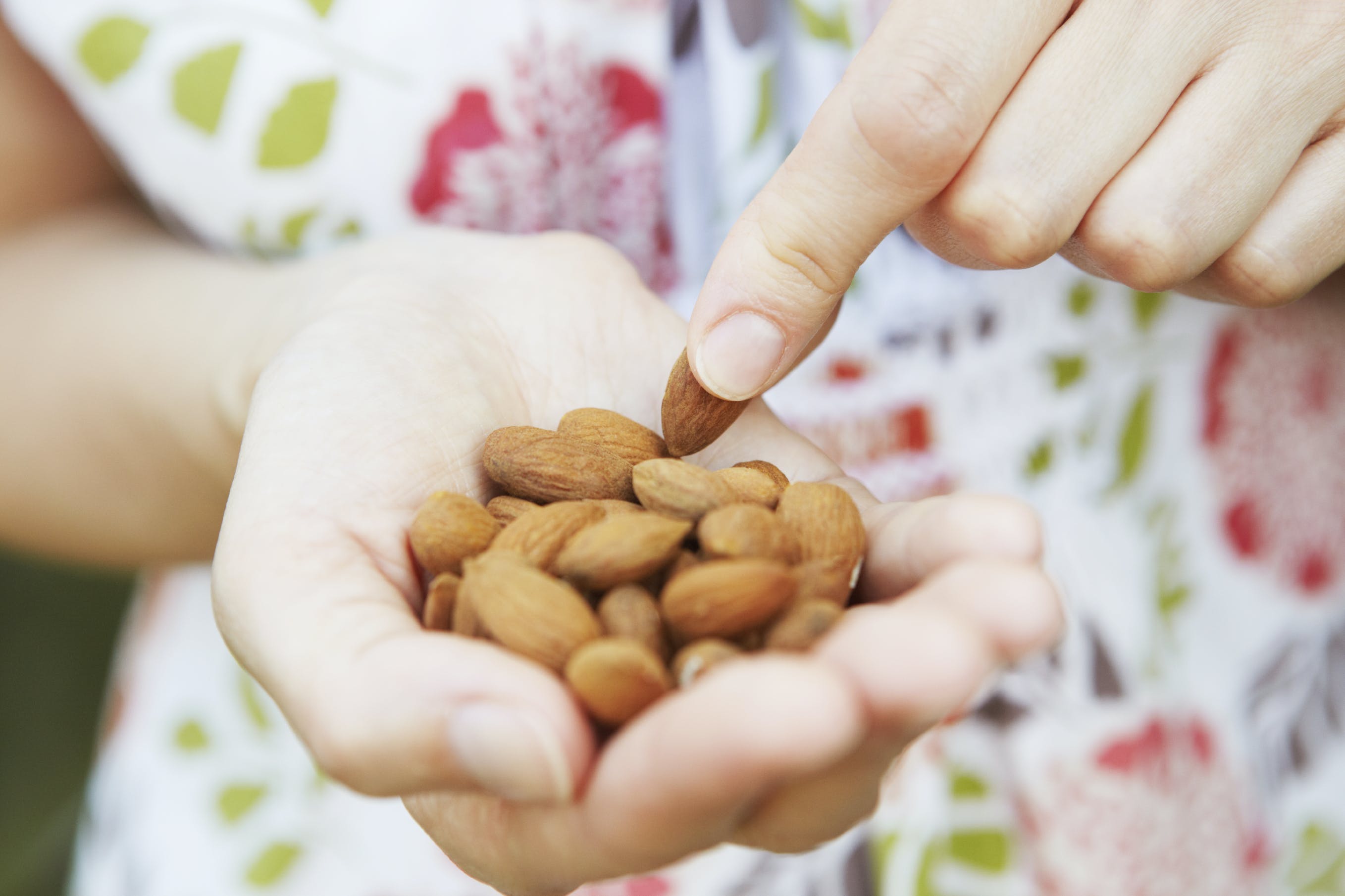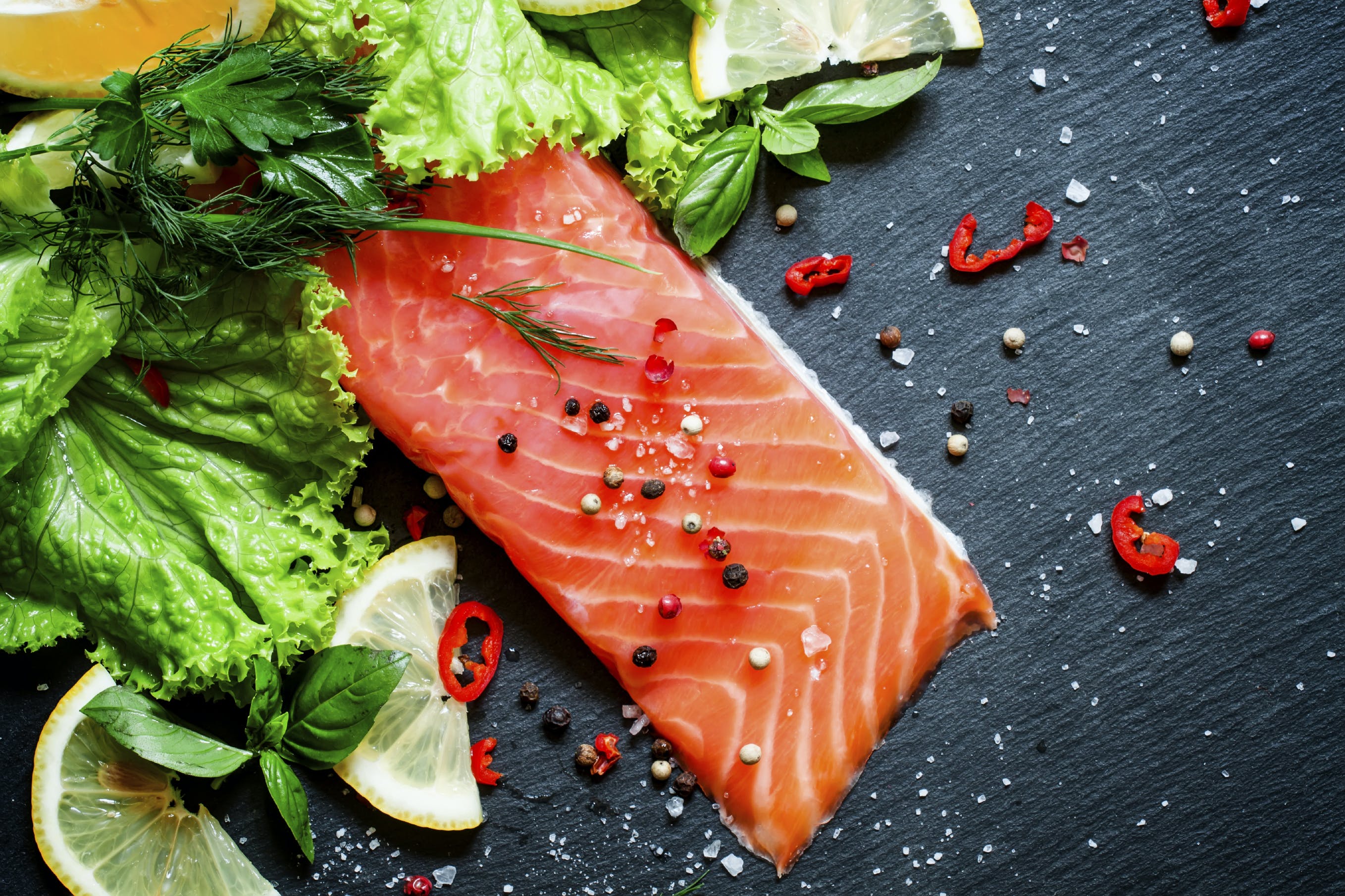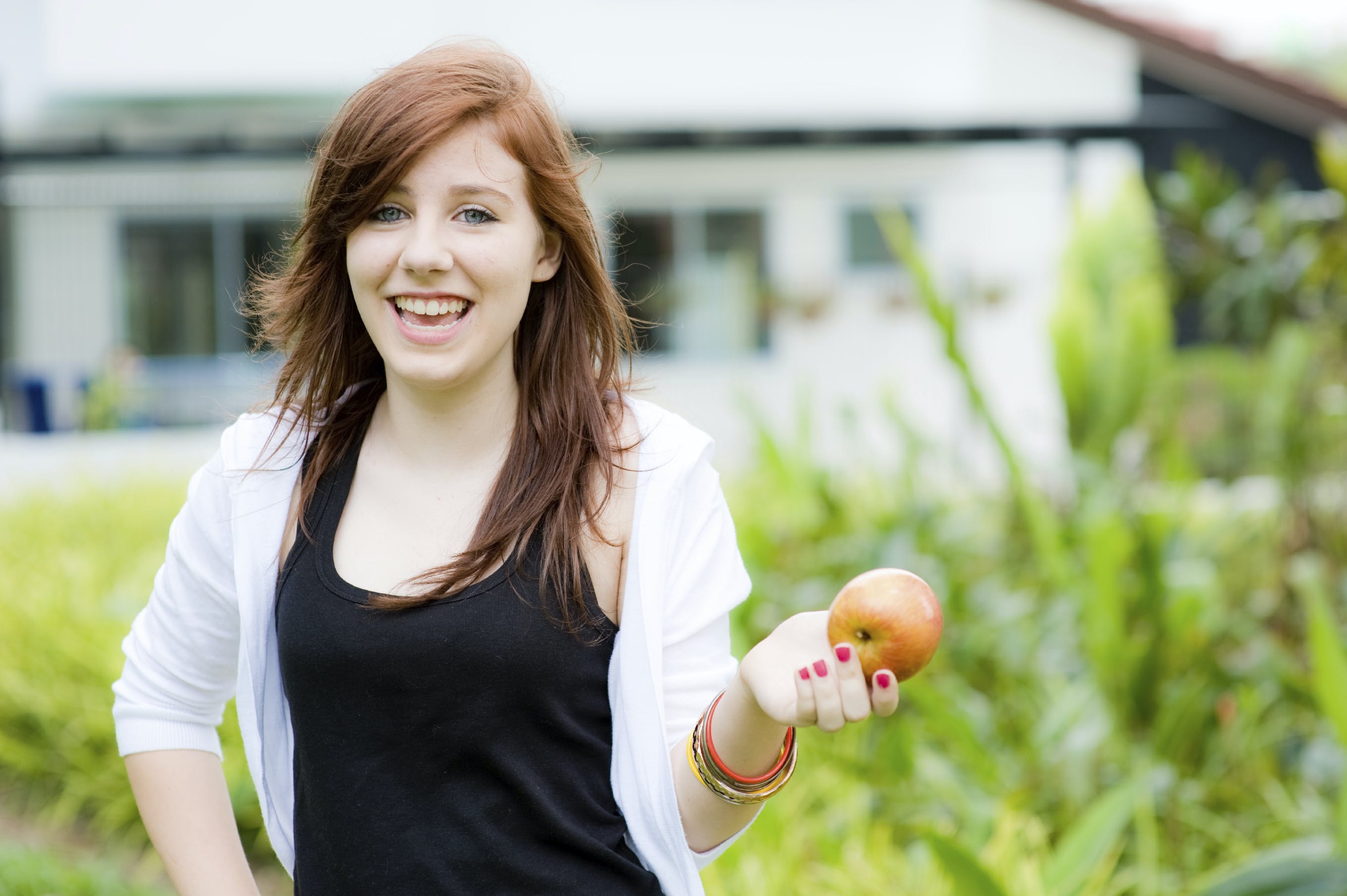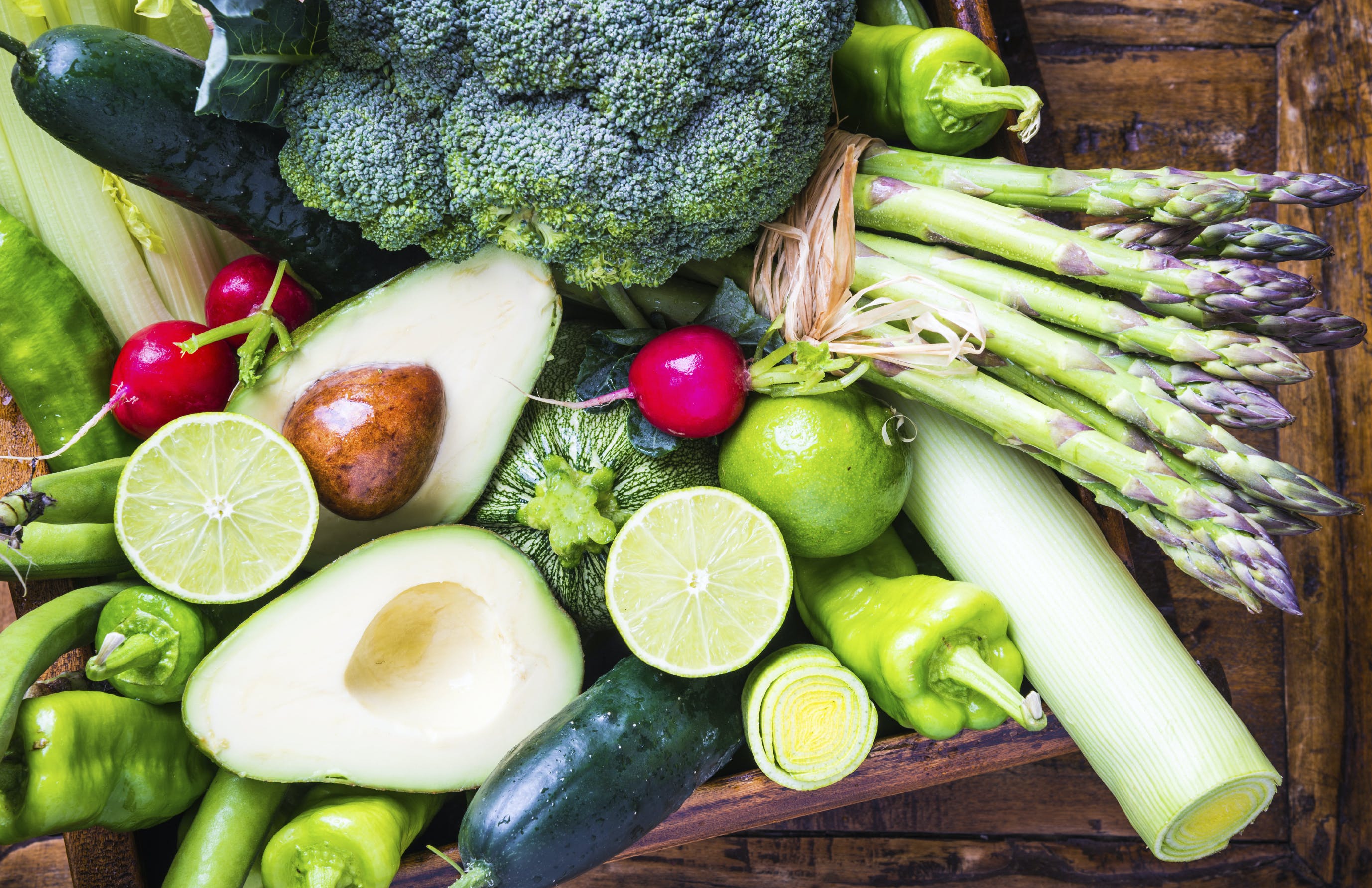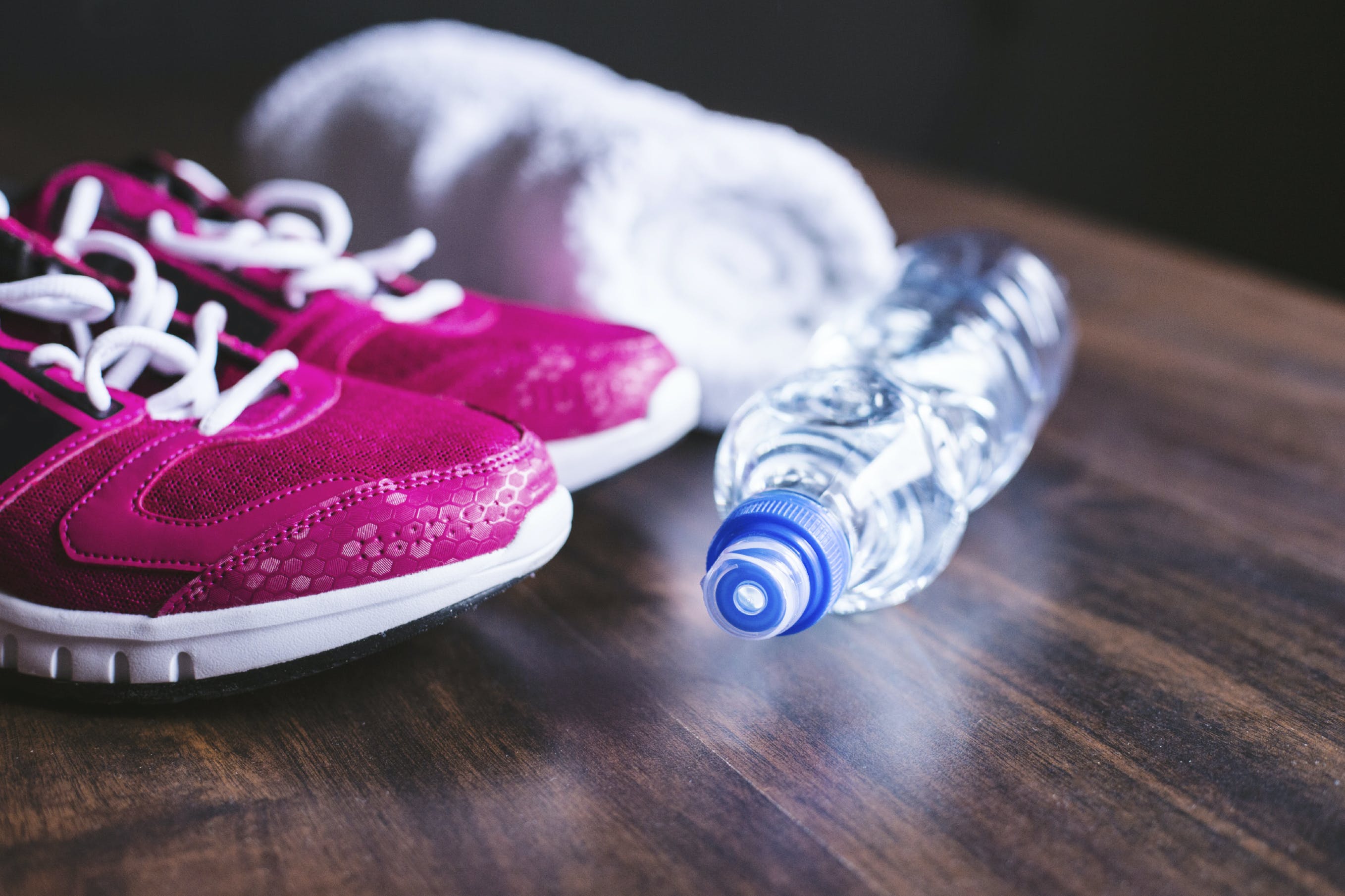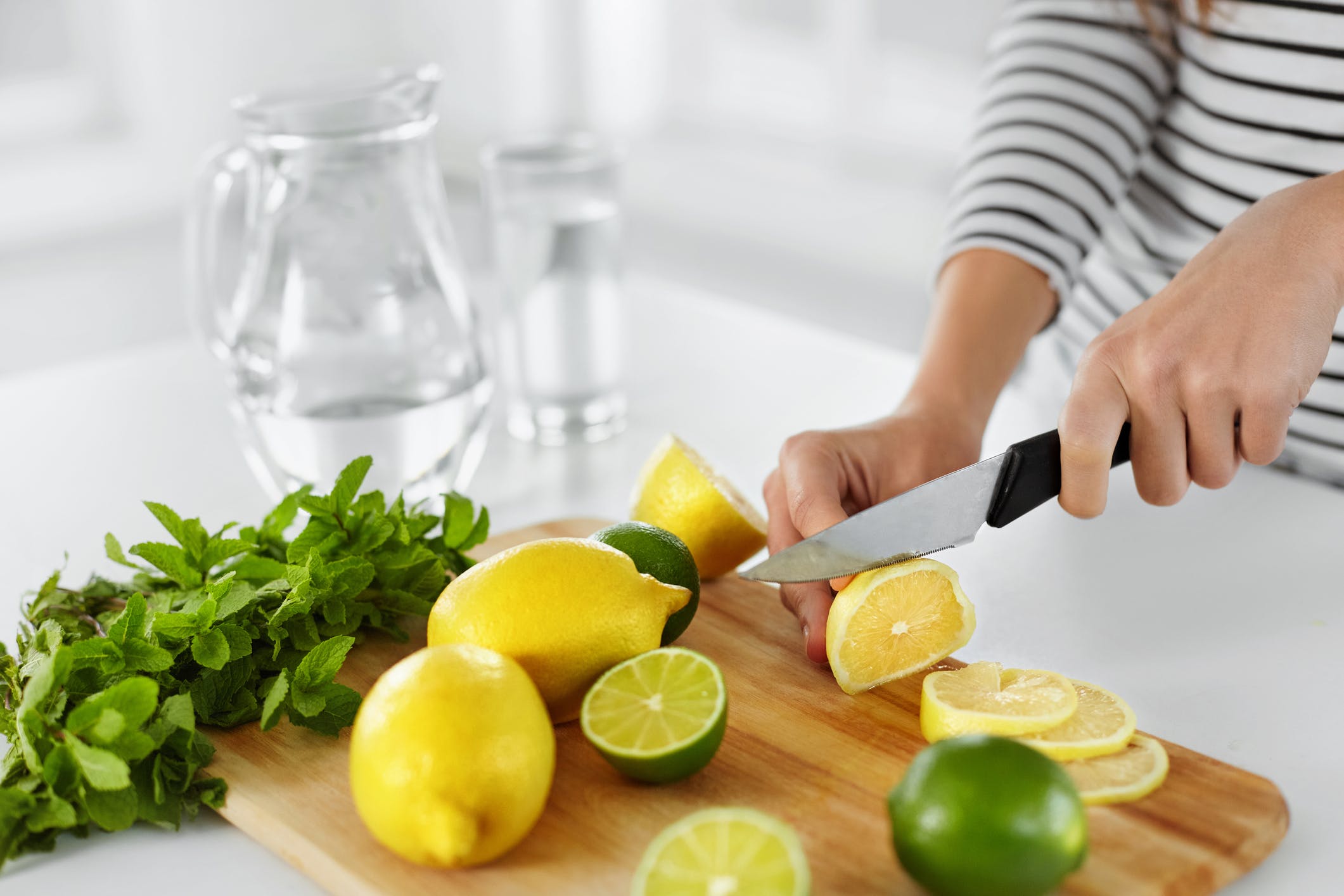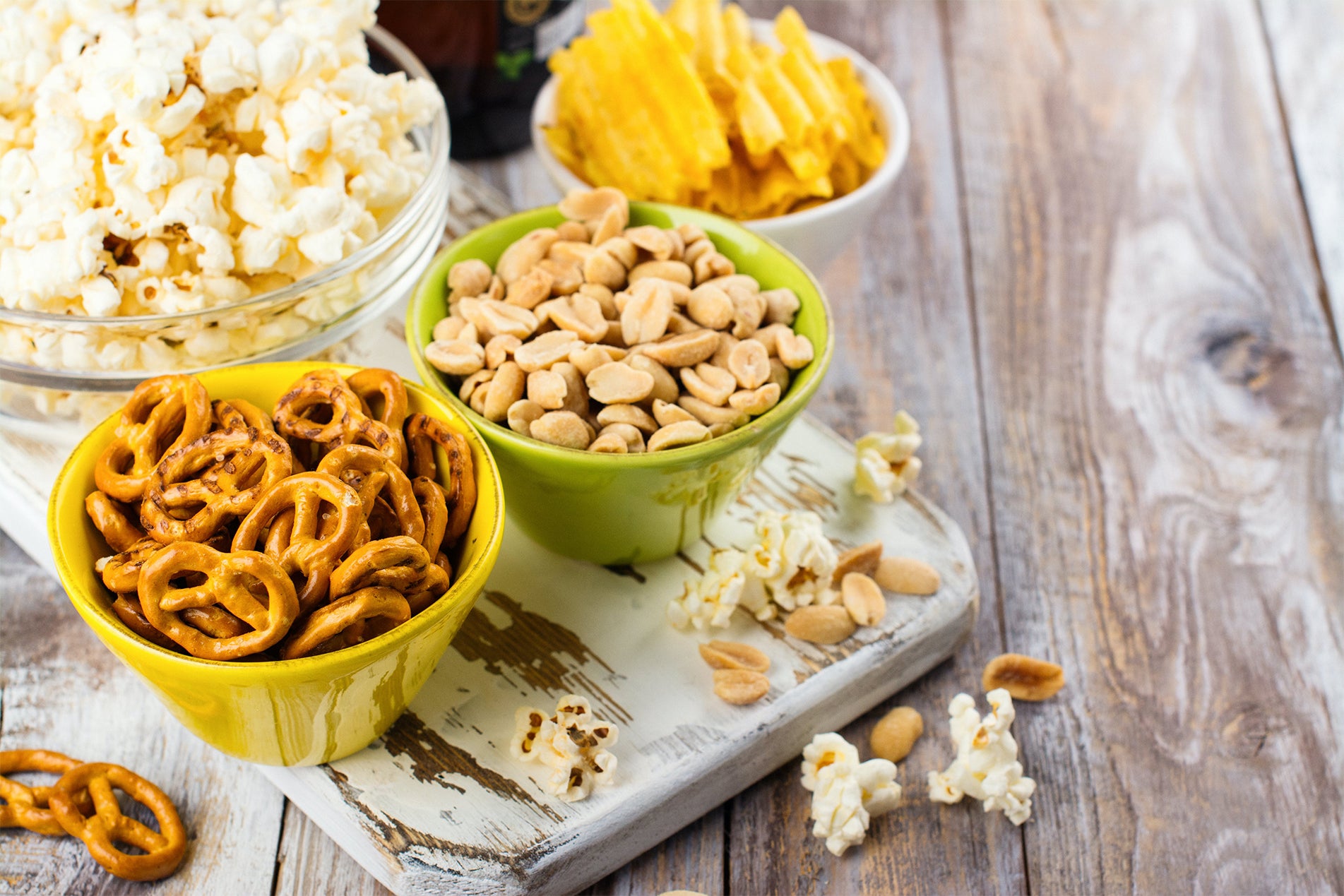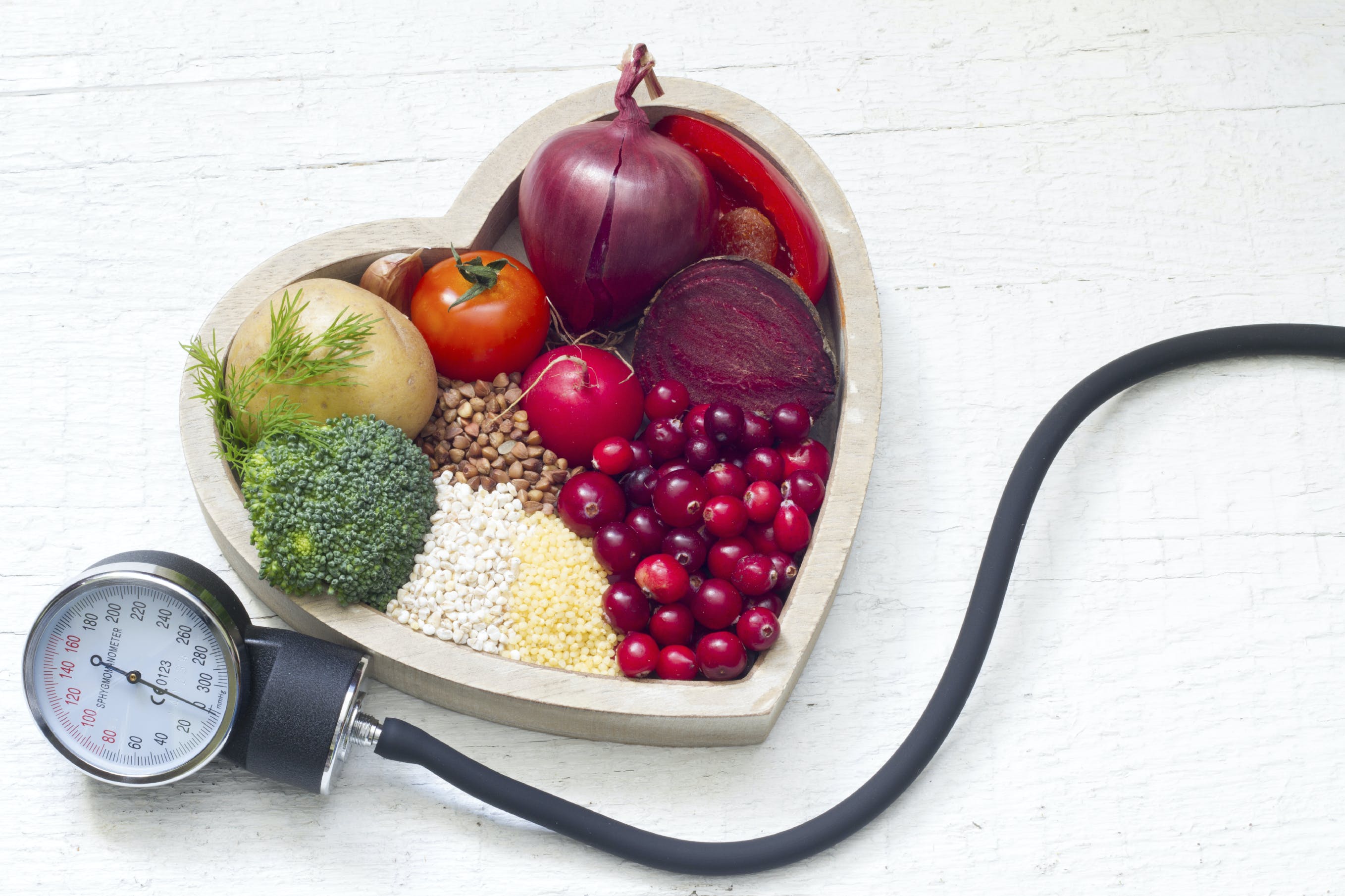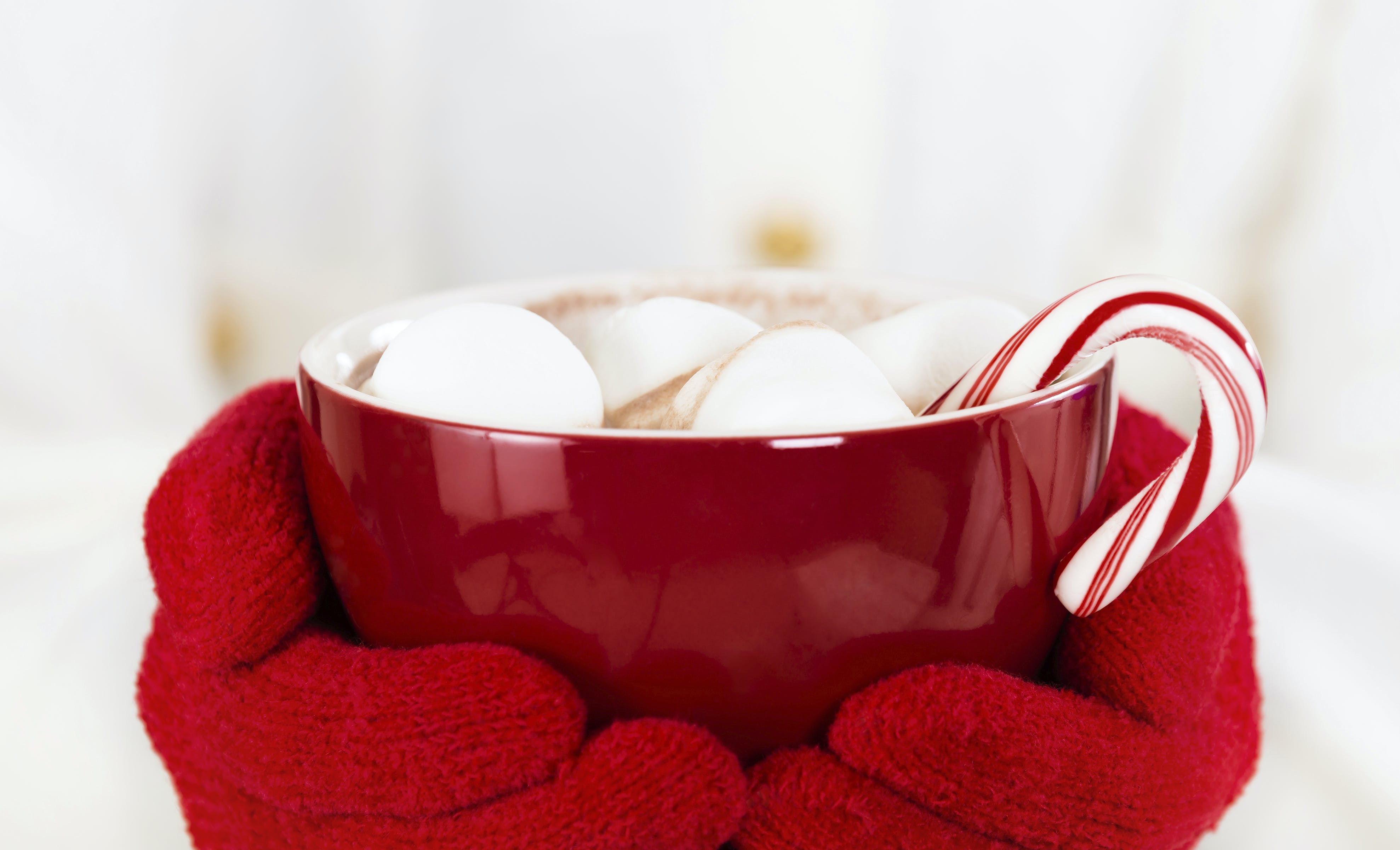With busy schedules, parents and kids, alike, can’t find enough time to prepare a wide variety of healthy meals and snacks for school lunches. In a rush, it seems more convenient to toss in pre-packaged junk food and head out the door. However, if you’re attempting to clean your child’s diet, avoiding processed foods and items that contain food dyes and preservatives is a must.
The good news is that eating healthy doesn’t require burning a hole in your wallet or spending hours in the kitchen. You can make and properly store healthy school lunches and snacks on a budget by being pre-purchase savvy and planning ahead.
The first step to eating healthy is switching out foods with unnaturally long shelf lives for fresh foods. And for food to stay fresh by lunchtime, you’ll need proper storage. Cooler packs, depending on quality, can keep cold foods safe for consumption for four to eight hours. In those packs, you can store a variety of snacks in sealable plastic bags.
Save on small sealable baggies by purchasing them on sale or with coupons. Those that have been used for crackers and other dried snacks can be reused. Those that held meats, cheeses, and cut-up fruits must by discarded. Reusable dishes like dollar store plastic bowls and plates, or even paper plates, are excellent options to include inside the lunch kits. Now onto the food!
Nutrient-dense foods such as cucumbers, tomatoes, oranges, apples, and pears don’t require cooling unless they’re cut. Simply give them a wash before placing them in the packs and they’re good to go! Once cut up, however, they do require cooling. You can purchase the half-portion plastic bags and place in sliced vegetables like sweet peppers, lettuce, carrots, and celery. Vacuum-packed items, such as tuna in water, peanut butter, or hummus, can be left intact and later eaten with your sliced veggies.
A boiled egg is another great packable lunch item that also requires cooling. You can use larger sandwich-sized bags to store peeled boiled eggs, as well as a variety of whole grain crackers, lemon or lime wedges, sliced baked chicken breast, lean beef sirloin, or pork tenderloins, or pieces of hard white and yellow cheeses. In other baggies, you can add more fruits and veggies, as well as rinsed beans and corn for more meal and snack options.
Cut-up fruits, cooked meats, boiled eggs, and cheeses need to be cooled to less than 40 degrees and maintained at that safe temperature until they’re eaten. Three ounces of meat or cheese can easily fit in a regular-sized sandwich bag. Individual portions of lean beef sirloin, chicken breast, and pork tenderloin can be placed in a corn or flour tortilla, a slice of whole grain bread, or mixed with salad greens, avocado, and a dressing. And don’t forget about nuts and seeds! Peanuts, almonds, and pumpkin seeds offer lots of protein and they go well with fruits to make the perfect snack.
For an extra burst of nutrients, try adding smoothies to the lunch kits! A healthy smoothie contains ½ to 1 cup of raw vegetables, ½ to 1 cup of fruits, approximately 14 grams of protein, dairy, and a healthy fat, such as a tablespoon of avocado or a teaspoon of olive oil. To keep all the flavors and nutrients of your smoothie intact, however, you do need to plan ahead.
Smoothies require refrigeration under 40 degrees until consumption and shouldn’t be held for more than 24 hours. Juices that are rich in vitamin C can help prevent changes in color. A few ounces of orange, apple, or grape juices with no added sugar should do the trick.
Many have learned that batch-preparation of smoothies is the only way to go. While smoothies don’t refrigerate well, they do freeze well. If you’d like to make smoothies ahead of time, pour them into ice trays. Once they’ve hardened, pop the cubes into a plastic bottle with a screw-top, label by date, and leave them in the freezer. Two weeks is generally the maximum hold time for smoothies in the freezer and 24 hours is the maximum hold time in the fridge – any more than that and the flavors and textures will change considerably. For those hectic morning rushes, just grab a bottle and go. As they melt, the cubes take on a great texture and smell by lunchtime and make the perfect snack for parents and kiddos, alike!
Both you and your kids can get involved in preparing these healthy lunch kits. As children help and learn why certain foods are packed a certain way, they’ll most likely improve their intake of nutritious whole foods and maintain healthy habits. It’ll also teach them about food safety and storage. Remember, when it doubt, throw it out!
Nutritional information
Recipe: Creamy Green Strawberry Dream Serving in this recipe:1
- Calories: 236.6
- Total Fat: 3.6 g 5.5%
- Saturated Fat: 0.4 g 1.9%
- Cholesterol: 0 mg 0%
- Sodium: 358.7 mg 14.9%
- Total Carbs: 45.7 g 15.2%
- Dietary Fiber: 9.9 g 39.4%
- Sugar: 22.1 g
- Protein: 8.1 g 16.2%
- Vitamin A: 481.9% Vitamin C: 244.1%
- Calcium: 68.5% Iron: 26.1%
* Percent Daily Values are based on a 2,000 calorie diet. Your daily values may be higher or lower depending on your calorie needs.

